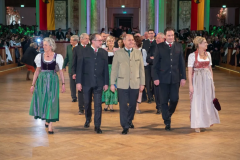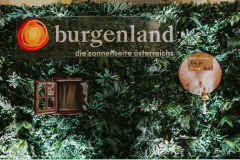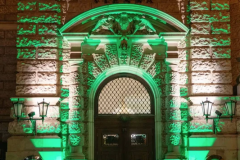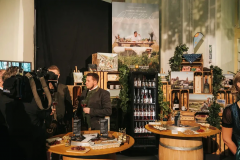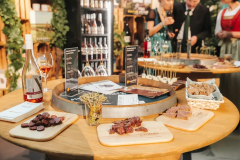Jägerball 2026
Mo | Tu | We | Th | Fr | Sa | Su |
103rd Hunters' Ball, on January 26, 2026
The Hunters' Ball – Ball of the Green Cross is one of the highlights of the Vienna ball season. A festive program with unique highlights awaits you under the patronage of Salzburg. All information regarding the program, tickets, etc., will be continuously updated and communicated here and on our social media channels.
We look forward to a wonderful 103rd Hunters' Ball with you!
The Hunters' Ball
The traditional Hunters' Ball – Ball of the Green Cross – always takes place on the last Monday in January at the Vienna Hofburg and the Spanish Riding School. With approximately 5,000 guests, the Hunters' Ball is one of Vienna's most popular dance events. Ballgoers dance the night away in the numerous halls, stalking new and tried-and-true favorites, and enjoying many other highlights until the early hours!
program
* 8 pm *
Adult admission: Vienna Hofburg or Spanish Riding School
Youth admission: Michaelerkuppel
Please note the assigned entrance on your ticket!
* 9.00 pm *
Entry of the honorary guests
Opening ceremony
Opening of the Young Ladies and Young Gentlemen Committee
* 11 p.m. *
Opening at the Spanish Riding School
* 11.55 pm *
Drawing of the raffle winning color in the ballroom
* 12:00 PM *
Midnight Quadrille in the ballroom
* 1.00 a.m. *
Audience Quadrille at the Spanish Riding School
* 5.00 a.m. *
Ball ends
As of March 24, 2025
Dress code
The dress code must be strictly observed!
Women: knee-length dirndl or traditional costume, no leather trousers
Men: hunting tuxedo (bow tie permitted), traditional suit, traditional costume, knee-length leather trousers with jacket and tie
The ball committee reserves the right to refuse entry if the dress code is not observed.
Music at the Hunters' Ball
At the Hunters' Ball, various bands play in several halls of the Vienna Hofburg and Spanish Riding School, ensuring a lively and dance-filled evening and, of course, a great atmosphere!
At the 102nd Hunters’ Ball, guests enjoyed the diverse opportunities:
Festsaal
Vienna Ball Orchestra Steubl & Wolfgang Steubl Big Band
Ceremonial Hall
Peter Fridecky & his soloists
Metternich Hall
Guard Music Vienna
Knight's Hall
FreeMenSingers
Radetzky Apartments
Dave Reismann
Maria Theresa Apartments
Peter Sax
Garden Hall
DJ Maarten van Larsen
forum
K3
Treasury Hall
Sigma Jazz and Dance
Spanish Riding School
esprit.band
Foyer of the Spanish Riding School
* Poacher Clubbing *
DJ Axel Becker & Support
Program and cast
Vienna Hofburg Kongreszentrum
The Kaiserball developed from the imperial tradition of the so called “Hofball” (court ball) and “Ball bei Hof” that were organized by the imperial couple Franz Joseph (1830–1916) and his wife Empress Elisabeth (1837–1898), who is better known as Sisi. Both ball events were taking place in the Hofburg being the imperial winter residence of the Habsburg family.
The Hofball used to take place towards the end of January, with Empress Elisabeth deciding the precise date. Once the court had gathered in the Zeremoniensaal - which is still one of the most stunning rooms at the Hofburg to this day- selected guests were invited to pay their respects to the Emperor and Empress in person. The popular buffet was set up in the nearby Grosser Redoutensaal. Meanwhile the dance floor was positively brimming with activity - after all some 2,000 ballgoers were in attendance. The last waltz commenced at exactly quarter past midnight, and drew this spectacular imperial event to an end.
The “Ball bei Hof” took place just two weeks later. This more intimate event, reserved for the ruling elite, drew around 700 high-ranking royals and members of the diplomatic corps. To qualify as "Hochadel" (higher nobility), aristocrats were required to demonstrate a lineage going back at least eight generations on both the maternal and paternal sides.The most valuable porcelain in the imperial dining service was unpacked for a formal dinner which was served in the Radetzky apartments and neighbouring rooms. The strict seating order was dictated by rank. Ladies spared no expense and took every care to ensure their appearance matched the occasion, happily parting with between 300 and 500 Gulden for an evening dress - more than the annual income of a court servant.

 EN
EN DE
DE IT
IT FR
FR ES
ES RU
RU JP
JP RO
RO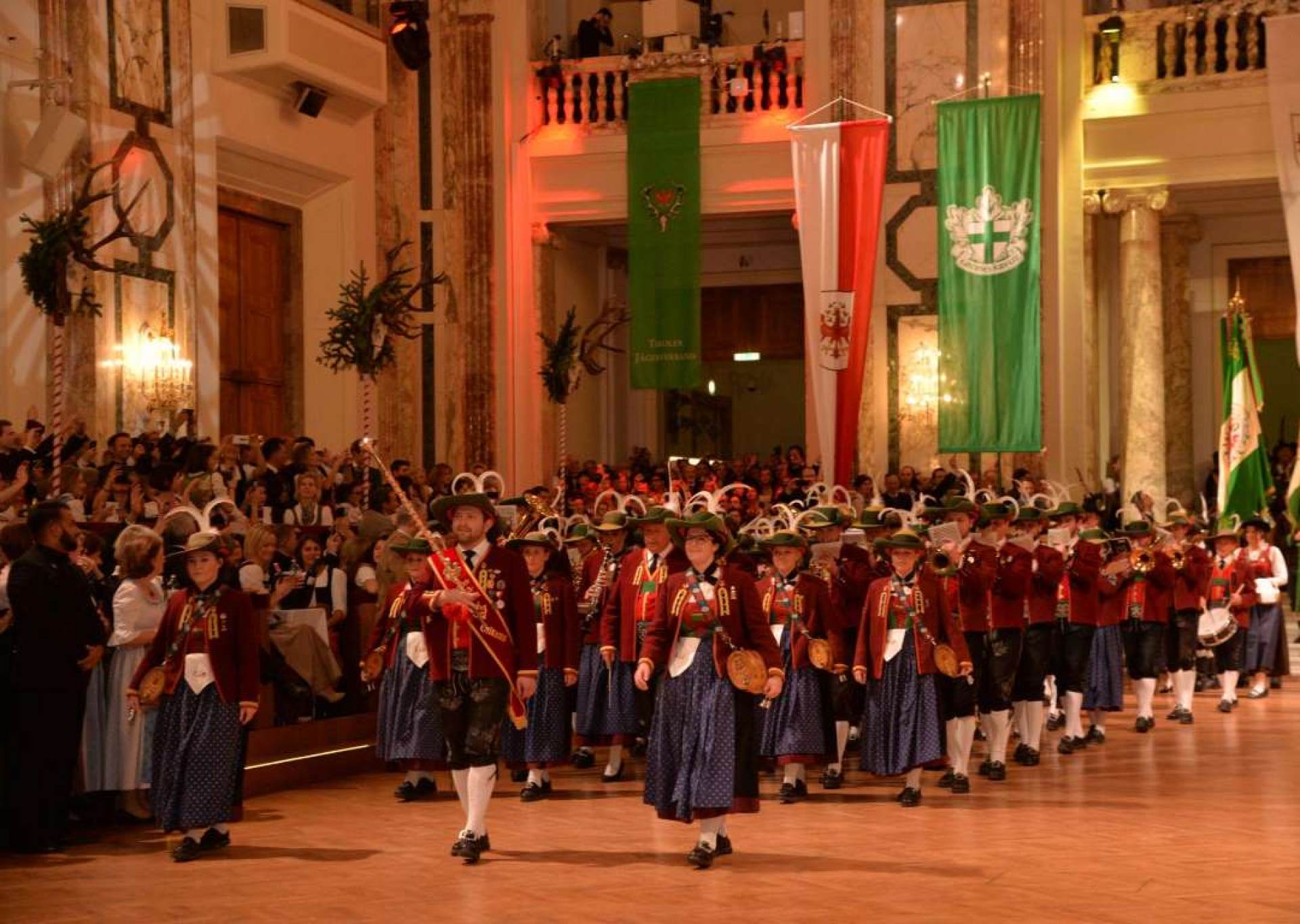
 Seating plan
Seating plan 
